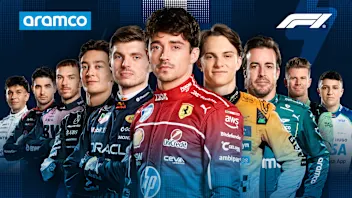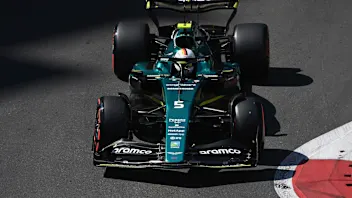MONDAY MORNING DEBRIEF: The key strategy call came on Lap 14 in Austria, so who got it right – Red Bull or Ferrari?


Max Verstappen could probably have won the Austrian Grand Prix any way he liked. He was already dominating the race, over 5 seconds in the lead on the 14th lap, when he and Red Bull faced a moment of decision about how to react to the Virtual Safety Car thrown when Nico Hulkenberg's Haas broke down.
Verstappen and the two Ferraris of Charles Leclerc and Carlos Sainz were already past the pit entry when it came, but most of those behind took the decision to pit, thus saving time over a normal pit stop taken with the field at full racing speed. The VSC was still in force as the lead trio came by on the next lap and this time the two Ferraris came in – but Verstappen stayed out.
READ MORE: Verstappen beats Leclerc for victory in Austria to make it five wins in a row
Next Up
Related Articles
 Power RankingsWho did our judges rank as the best F1 driver of 2025?
Power RankingsWho did our judges rank as the best F1 driver of 2025? Celebrating the first F1 Allwyn Global Community Awards
Celebrating the first F1 Allwyn Global Community Awards 11 times F1 drivers took another driver’s car number
11 times F1 drivers took another driver’s car number ExclusiveHow APXGP was brought to life by costume designer Julian Day
ExclusiveHow APXGP was brought to life by costume designer Julian Day ExclusiveHow Norris made his school teachers ‘enormously proud’
ExclusiveHow Norris made his school teachers ‘enormously proud’.webp) Winners & Losers5 Winners and 5 Losers from the 2025 season
Winners & Losers5 Winners and 5 Losers from the 2025 season
